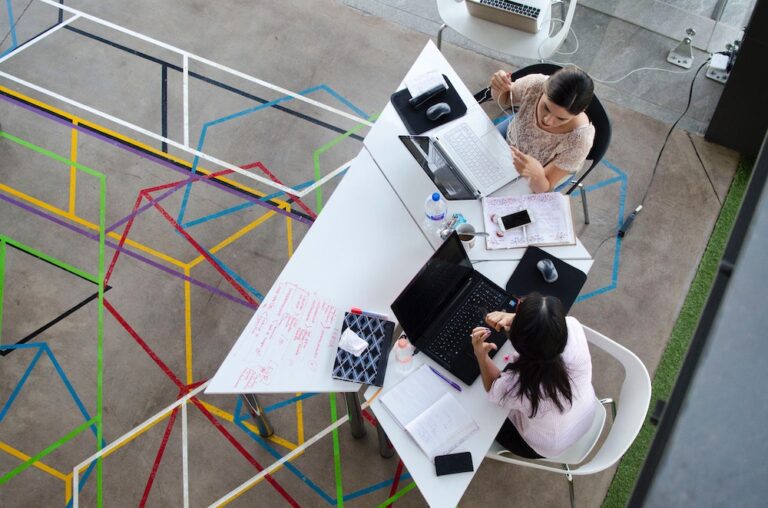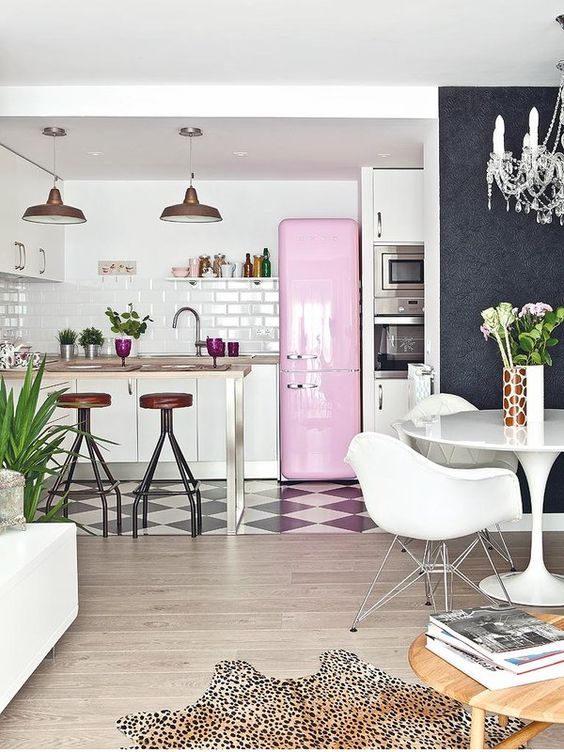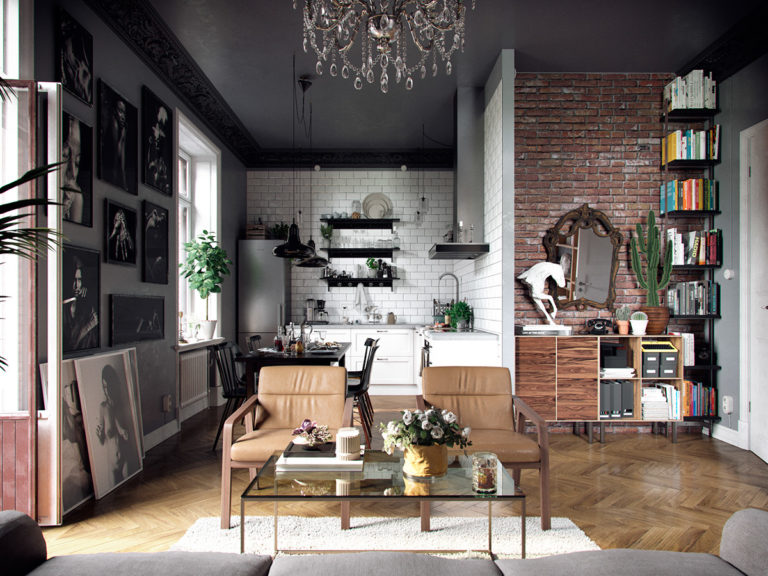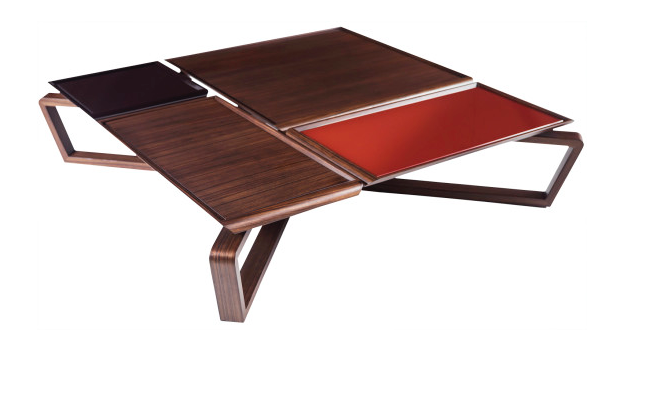How Artificial Intelligence Will Change The Industry of Design
Design and art have always been closely intertwined. However, in the age of technology, the two have diverged—until now. AI technology is beginning to revolutionize the design industry, allowing designers and creatives to do more with fewer resources and create more impactful works of art.

Design process becomes more efficient
AI technology is quickly becoming the preferred tool of designers, artists, and creatives. With AI, designers can access powerful algorithms and data-driven tools that allow them to work more efficiently, create more visually dynamic works, and achieve results more quickly. AI allows users to streamline processes, generate faster results, and more accurately interpret data.

Thinking outside the box
AI also allows designers to experiment with different design techniques and approaches to create something truly unique. AI algorithms can generate entirely new and imaginative designs, allowing designers to think outside the box and come up with more creative solutions. AI algorithms can also generate a wide range of colour palettes, patterns, and textures for designers to work with.
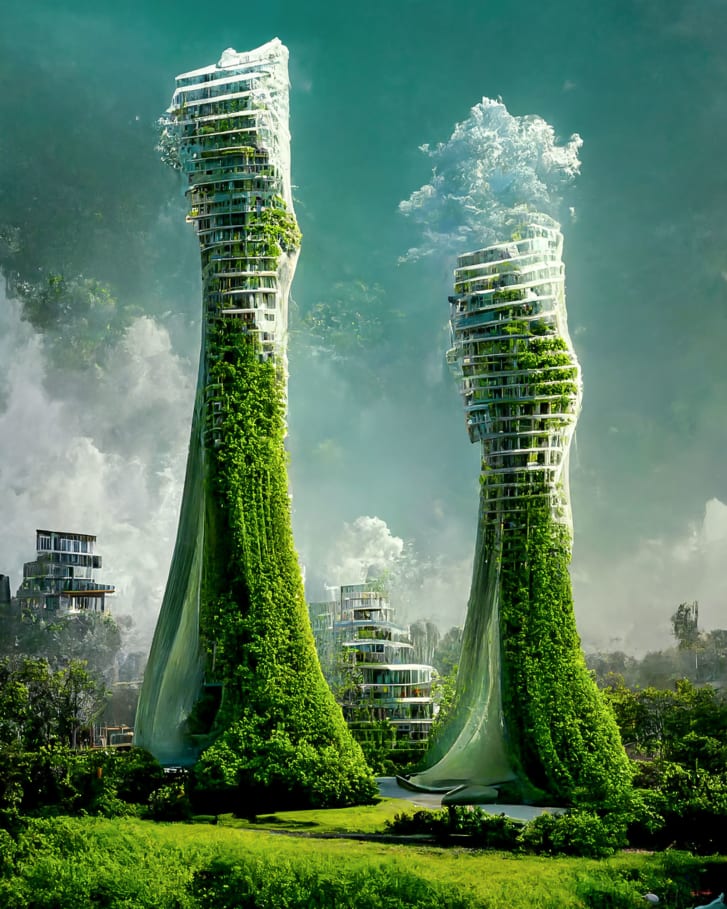
Automate boring tasks
Furthermore, AI can be used to automate tedious tasks and make the design process more efficient. Designers can use AI to quickly generate mock-ups or create repetitive tasks faster. This frees up time and energy to focus on other aspects of the design process.
Opens up the industry
AI also has the potential to open up the industry to new artists and creatives by making design tools more accessible. AI algorithms are self-learning and can be used to analyse data and suggest designs that fit with an artist’s unique style and taste. This will allow even novice designers to produce amazing pieces of work without having to master the difficult concepts of design.
Artworks by AI
In the future, AI technology will continue to shape the design industry, creating more efficient and creative works of art. AI tools will become more widely available, allowing designers to quickly and easily create beautiful and unique pieces of art. As AI technology advances, it will continue to surprise and delight both designers and audiences alike. Together, AI and design will help to create a better and more interesting future.
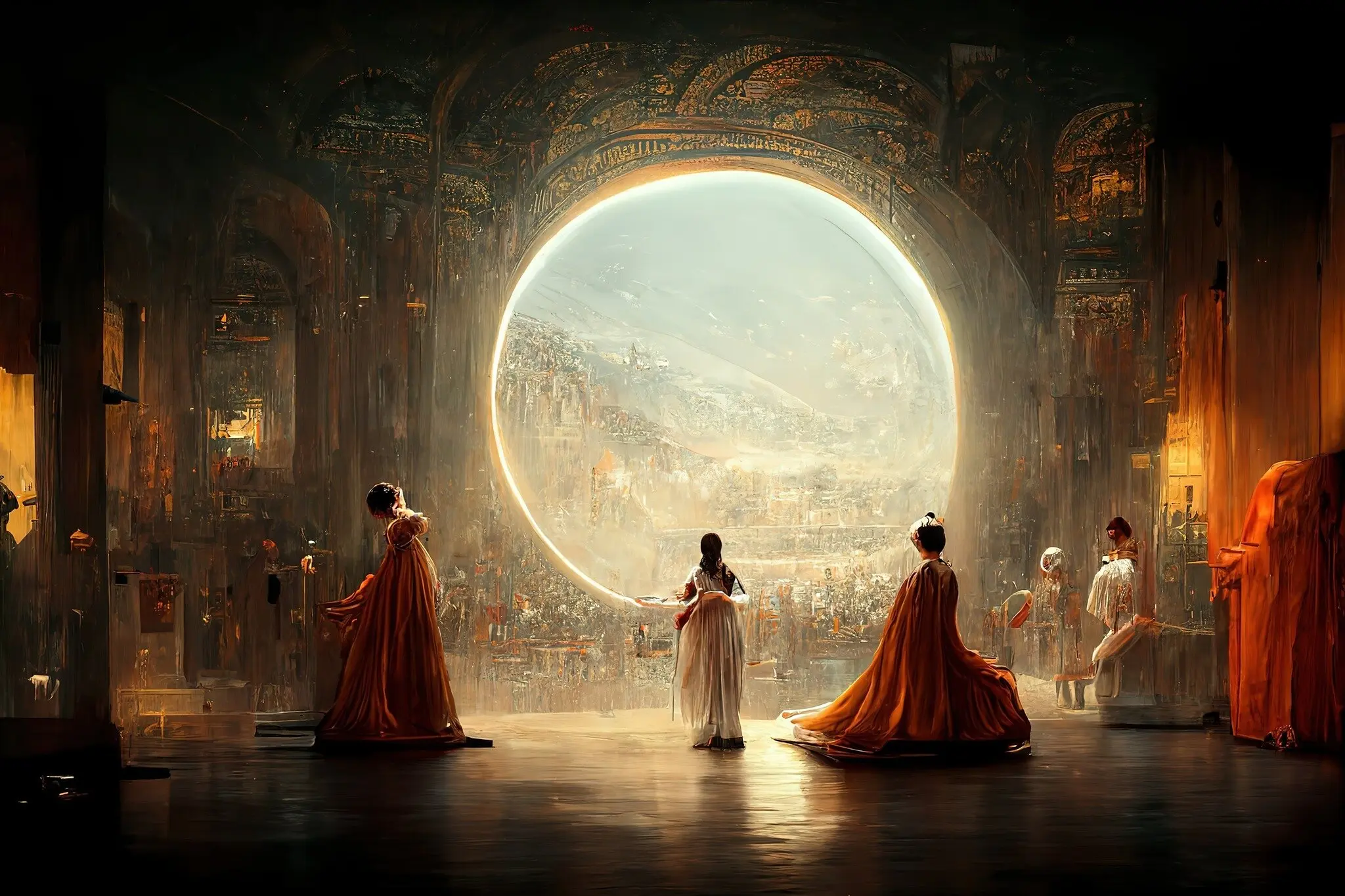
To summarise, below are some ideas on how AI can be and is used in the industry of design:
1. Automated drawing and design software that can generate designs from a brief
2. Automated design optimisation based on user feedback
3. Increased use of 3D printing for rapid prototyping
4. Automated tools to analyse image components and generate original designs
5. Automated systems to assist in creating ergonomic or accessible designs
6. AI-powered software to identify user behaviour and preferences to create tailored designs
7. Automated colour palettes and colour schemes generated according to user preferences
8. Automated design tools with algorithms to generate interactive designs
9. AI-driven tools to detect trends in design in order to create more effective designs
10. Automated search tools to find the right design elements and resources quicker
The future of the design industry is bright, and AI technology is quickly becoming an essential tool of the trade. As designers and artists continue to embrace AI, the possibilities for what can be achieved in design are becoming ever more exciting. AI has the potential to revolutionize the industry and create a new generation of innovative designs.
AI technology is revolutionizing the design industry, allowing designers and creatives to access powerful algorithms, data-driven tools, automated processes, and automated design optimisation based on user feedback to create more efficient and dynamic works of art. AI also has the potential to open up the industry to new artists and creatives and create a new generation of innovative designs.



